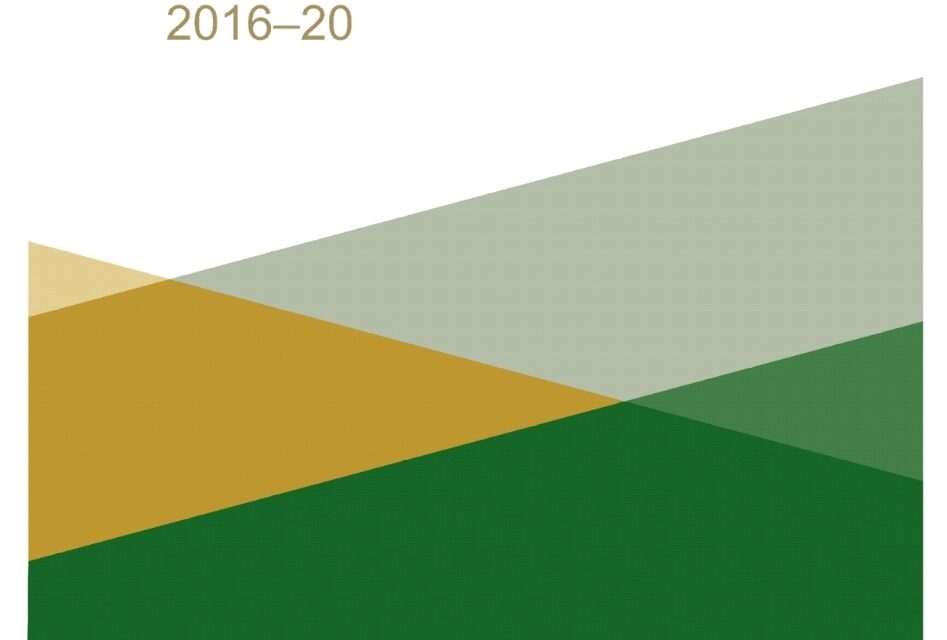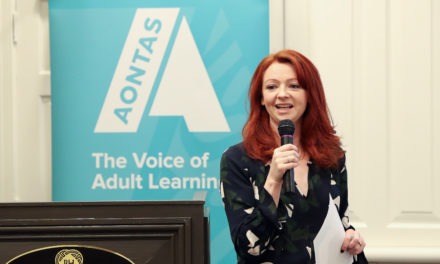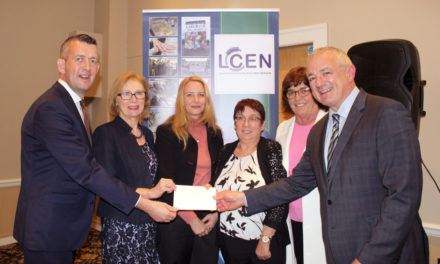A new report on school attendance among the Travelling community has revealed a slight increase in the number of pupils attending, and completing post-primary education.
The Department of Education report, entitled ‘Pupils from the Traveller Community 2016 – 2020’ is the second publication related to statistics of pupils who are members of the Traveller community in mainstream classes.
The figures show that in primary schools, the number of Traveller pupils nationwide increased from 7,965 in 2016-17 to 8,148 for the 2020-21 academic year.
The report also noted that Traveller pupils consistently attended primary schools with DEIS status in more significant numbers than non-DEIS schools.
For the academic year 2020-21, 4,234 Traveller pupils attended schools with DEIS status compared to 3,914 in non-DEIS status schools.
The report stated: “These enrolments are uneven compared to all pupils in mainstream classes, with 80.5% attending non-DEIS status schools and only 19.5% attending DEIS schools. During the analysis period, Traveller primary students are 2.5 times more likely to benefit from the supports available under the DEIS Programme relative to their peers.”
With regard to post-primary education, the highest number of Traveller pupils in post-primary schools was recorded for the 2020-21 academic year, at 3,292.
The highest number of Traveller pupils (412) participating in the Leaving Certificate programme was also recorded for the 2020-21 academic year.
The retention rate for Traveller pupils to the Leaving Certificate from the cohort that began first year in secondary school in 2015 was 27.1%, up from 23% for the 2011-2015 cohort.
“Since the 2013-14 academic year, Traveller pupil enrolments in post-primary schools have climbed steadily from 2,563 to 3,292. The growth represents the highest number of Traveller pupils in post-primary schools since ethnicity has been recorded on P-POD (the Post-Primary Online Database),” said the report.
The figures also showed a steady increase in progression and retention rates in the Junior Cycle, with increasing percentages of students sitting the Junior Certificate.
The report stated: “Of those who entered post-primary school in 2011, 61.6% completed the Junior Certificate examination. The retention rate for the Junior Certificate for the 2014 cohort was 69.3%. For the 2015 cohort, 90% of Travellers progressed to third year, with 69% sitting the Junior Certificate examination.”
Pavee Point welcomed the publication of the report and said: “Data, and in particular disaggregated data on the basis of ethnicity, is essential for ethnic equality monitoring, which can help create conditions for Traveller equality in education access, participation and outcomes at all levels.”
However the organisation warned that given the end dates for certain categories “the well-reported negative outcomes of COVID for Travellers in relation to education are not included”.
Pavee Point also noted that the figures “indicate continued low levels of Traveller retention to Leaving Certificate compared to the national average”.
“This highlights the urgent need for the development, resourcing and implementation of the National Traveller Education Strategy as promised in the current Programme for Government. Urgent action is particularly needed at first and second levels.”
To read the full report, click here: Pupils from the Traveller Community 2016 – 2020.





